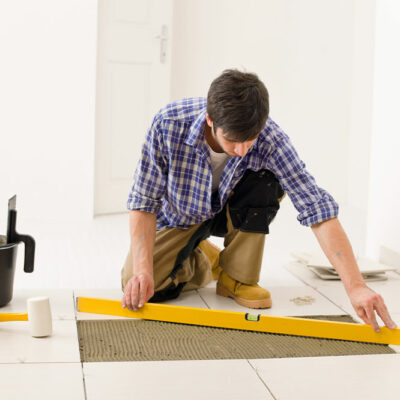
Home&garden
5 common vacuuming mistakes to avoid
Most individuals rely on their vacuum cleaners to help clean floors, carpet, tiles, sofas, upholstery, and sometimes hardwood floors. Though the vacuum is a versatile and sturdy tool, you may be unknowingly doing things that could damage its parts or body in the long run. After all, they are not indestructible and surely not always cheap. In order to keep them in good working condition, you should avoid making the following mistakes with your vacuum cleaner. Vacuuming things you shouldn’t Dry foods like salt or sugar spills can be cleaned with a vacuum. But bits of wet food left on the floor, like pieces of tomato or baked beans, should not be vacuumed. They contain moisture that can clog the pipes and ruin the motor. Small and heavy objects like screws, coins, or large pieces of broken glass could cut the dust bag if vacuumed and damage the internal parts. Used coffee grounds are another thing that should not be vacuumed. They can block pipes, destroy motors, and result in the growth of mildew. Avoid vacuuming long clumps of hair, too, as they can get stuck inside the machine. Running the vacuum when the dust bag is full Whenever the dust container or bin is full, it should be emptied.



















